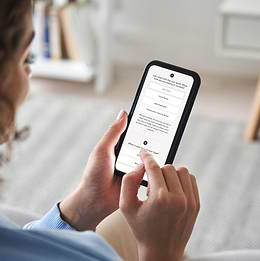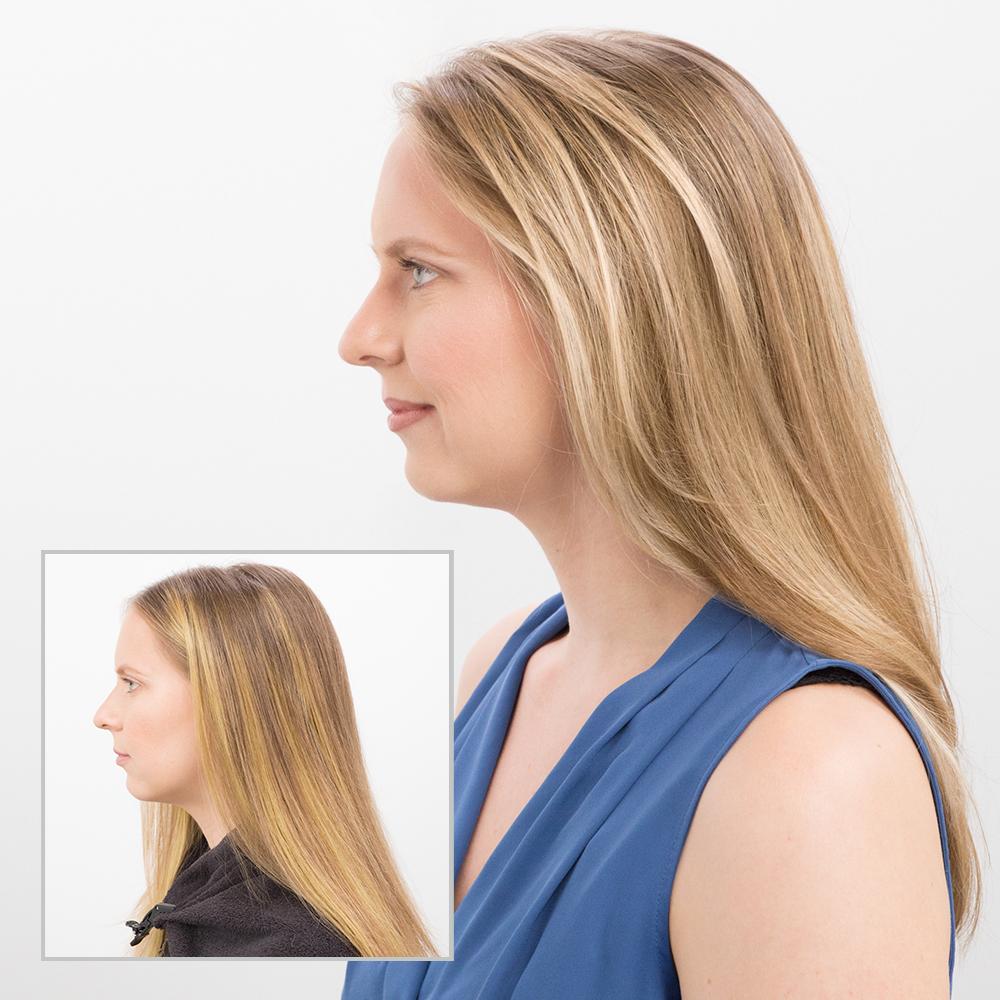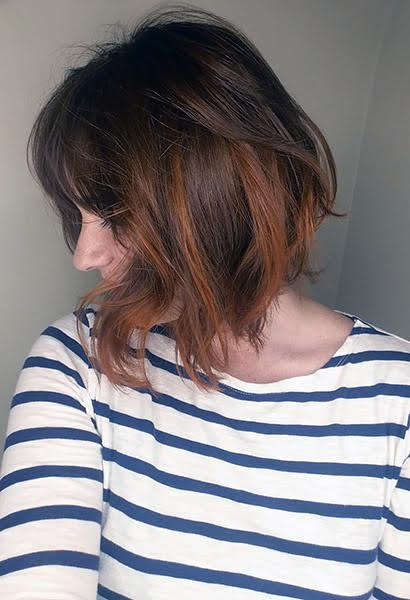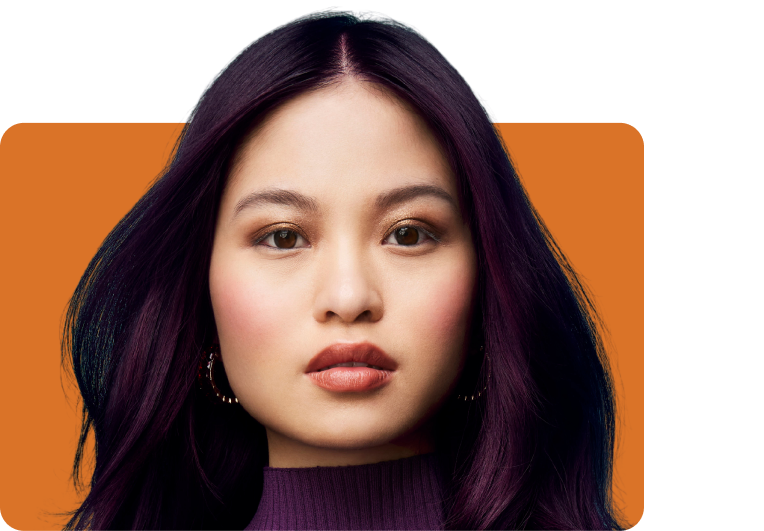Plastic gloves, your favorite old t-shirt, some permanent color box dye...what could go wrong? Well, just like everything in life, hair color doesn’t always turn out how you planned.
If you've made some dye job missteps, you are not alone. Fortunately, we've got solutions to your DIY disasters. No salon needed! Let's check out the most popular hair color mistakes and ways to correct them!
1. “My hair color came out darker than I wanted.”
Hair color problems. We all know them. This hair dye blunder is all too common, especially for brunettes, and unfortunately, it's a little trickier to fix than if your color came out too light. But all is not lost.
Before you reach for harsh color remover solutions that may create uneven color (or worse, damage your hair), look for a clarifying shampoo. Also known as purifying or detox shampoos, clarifying shampoos remove color and product buildup from your dark hair for an extra-deep cleanse. (Do not use a color-safe clarifying shampoo; the idea here is to wash out as much color as possible.) Shampoo the too-dark areas a few times for maximum effectiveness. Washing your hair more frequently than usual may help the dark color fade faster, but you’ll want to be sure to follow up with a moisturizing conditioner and only increase your washing frequency for a week or so to prevent drying out your hair.
Another way to help gradually lighten your current hair color is to use our Prime for Perfection® treatment. Formulated without ammonia, bleach, peroxide, parabens, phthalates, or gluten, Prime for Perfection is a gentle, hair-loving formula that lifts artificial pigment and creates a smooth base so your hair can optimally receive new color. This essential pre-color prep step will ensure your next DIY hair color treatment turns out just right. Keep in mind that previously color-treated hair will respond differently to dye, so it’s a good idea to call or chat with our Color Crew. You can even book a free virtual hair color consultation. Speaking with a Madison Reed pro is especially important if you are trying to go lighter or have chemically treated hair.



















